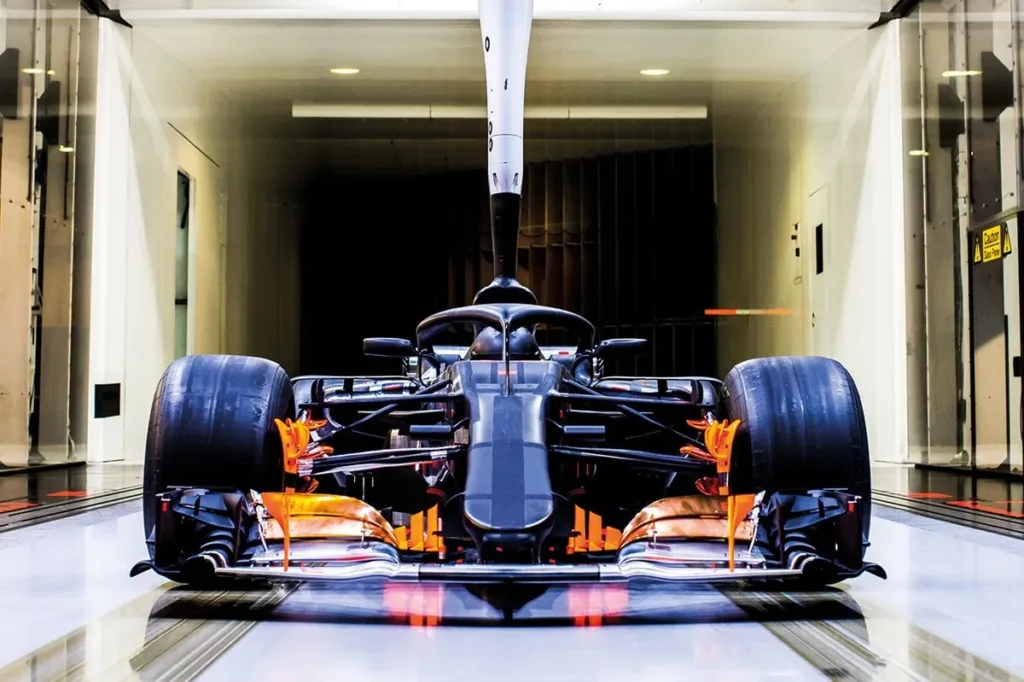Dakar Rally News: The Relentless Quest for Correlation in Wind Tunnel Development
As the highly anticipated 2024 Dakar Rally approaches, the motorsport world is abuzz with the news of two major players in the off-road racing scene – Aston Martin and Red Bull – embarking on the construction of brand-new wind tunnel facilities. This move highlights the relentless pursuit of technological advancement and the quest for the elusive holy grail of aerodynamic correlation.
It was not long ago that some of the brightest minds in the Dakar Rally community were predicting the demise of wind tunnels, convinced that computational fluid dynamics (CFD) simulations would render these massive, energy-consuming facilities obsolete. The argument was simple: why waste resources on powering a giant fan in a cavernous room, when computer models could accurately predict the flow patterns around a rally raid vehicle?
However, the year 2024 has proven that the wind tunnel remains a crucial tool in the arsenal of top Dakar teams. Aston Martin is currently in the commissioning phase of its new in-house wind tunnel, while Red Bull is aiming to have a new facility up and running by 2026. McLaren, not to be left behind, had already completed its own wind tunnel construction in 2023.
The anticipation surrounding these new wind tunnels is palpable, as they are often seen as a significant factor in a team’s performance. A well-designed and properly calibrated wind tunnel can be the difference between a team languishing in the mid-pack and one fighting at the sharp end of the grueling Dakar Rally.
“First of all, you don’t get benefits straight away,” Migeot cautions. “You have to build confidence. A wind tunnel is not reality, it’s a laboratory, and it takes time to establish the correlation between the wind tunnel data and the real-world performance.”
The process begins with the all-important “commissioning” phase, where the wind tunnel’s air distribution, turbulence, and temperature control are thoroughly checked and validated. This meticulous process can take up to a month, and any issues identified during this phase can lead to weeks of additional work before the tunnel is ready for use.
Once the commissioning is complete, the teams can begin the arduous task of correlating the wind tunnel data with the on-track performance of their Dakar rally raid vehicles. This is where the real challenge lies, as Migeot explains, “The tunnel will not give you the truth. It will give you something which, in the best scenario, is consistent with reality. If you have a quite fixed difference between reality and the tunnel, that’s fine; it can’t be identical.”
The quest for perfect correlation is an endless pursuit, as Migeot points out, “It’s a quest you never finish.” Factors such as tire profiles, rubber conditions, and even subtle changes in the vehicle’s design can throw off the correlation, forcing teams to go back to the drawing board.
As the 2024 Dakar Rally draws near, the teams with the new wind tunnels will be eager to see the fruits of their labor. But as history has shown, the path to a competitive Dakar vehicle is paved with the challenges of correlation and the relentless pursuit of aerodynamic perfection.
🔗 Source
